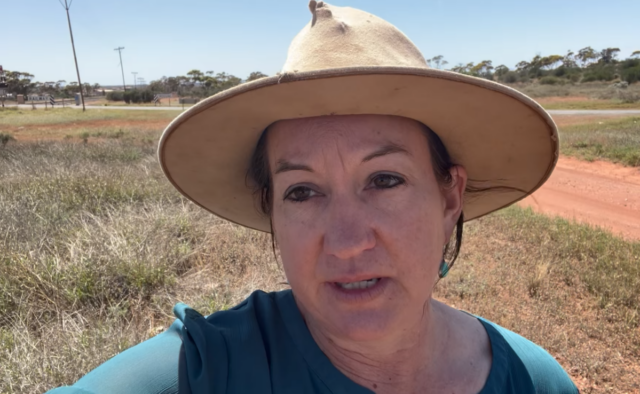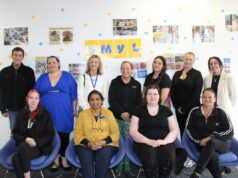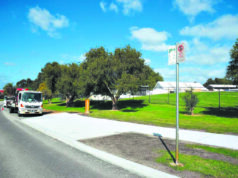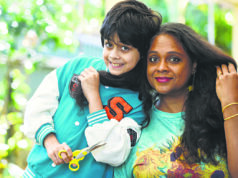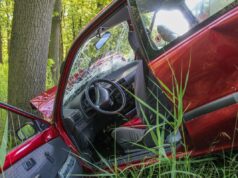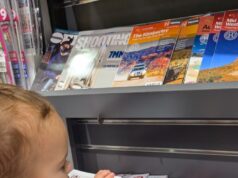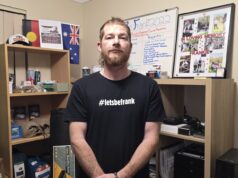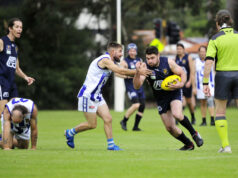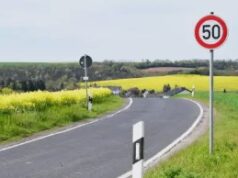Just two days after the Cardup collision, The Nationals have released a policy which aims to improve safety at ‘passive’ railway crossings by enhancing train visibility.
Morgan Byas, Nationals WA candidate for Darling Range, said train visibility was just as essential as vehicle visibility in keeping people safe on our roads.
“We currently have stronger laws for bicycle lighting than we do for trains, and that must change,” Mr Byas said.
Under the Nationals WA policy, all trains and rolling stock operating in Western Australia will be required to have rotating beacons, side lighting, and enhanced reflectors to improve visibility, especially at passive crossings.
The Nationals’ policy aligns with key safety recommendations from the Australasian Centre for Rail Innovation (ACRI) Freight Train Visibility Review (2021) and the Monash Institute of Railway Technology (MIRT) report (2023), which both advocate for strobe lights and rotating beacons on trains.
“Everyone in Darling Range has the right to get home safely,” he said.
“The Nationals WA strongly support the RailFail campaign for national reform, and our preferred approach is to implement these changes through national regulation to ensure the highest standard of rail safety across Australia.
“However, if the RailFail campaign for national reform does not succeed, The Nationals WA will act independently within our first term of government to protect the people of Darling Range.
“Almost 80 per cent of Australian level crossings are passive, with no boom gates so this policy ensures that trains operating in WA are as visible as every other vehicle on our roads.”
The RailFail campaign is a nation-wide call to action by twelve Australian families who have all lost loved ones in rural and regional rail crossing crashes.
Rail safety advocate Lara Jensen, a spokesperson for the RailFail campaign, welcomed The Nationals’ initiative.
“As the sibling of a young man killed in one of WA’s worst rail crashes, I know firsthand the devastating consequences of inadequate train visibility,” Ms Jensen said.
“It is beyond ridiculous that trains—the largest and heaviest land vehicles—aren’t held to the same lighting standards as bicycles or caravans.
“I commend The Nationals WA for taking the lead on this essential safety reform.”
In 2000, Lara Jensen’s 20-year-old brother and his friends were killed when a train smashed into their car at a railway crossing at Jennacubbine, north east of Perth, that was only fitted with a give way sign. None of the occupants saw the train and no alcohol, speed or drugs were involved in the accident.
Lara and her family have been campaigning to increase rail safety ever since.
“We’re now in 2024. My husband and I have four little kids. Little kids my brother will never meet. I’m beginning to fear railway crossings will still be as dangerous by the time my kids learn to drive. Are we really prepared to lose the next generation of kids to these poorly lit trains and needlessly dangerous railway crossings?” she said.


